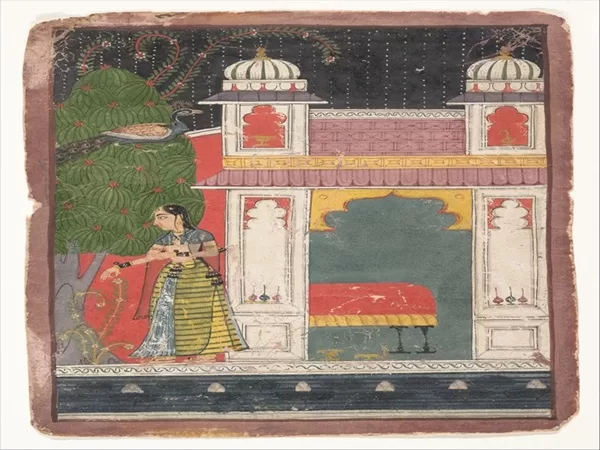Once an embodiment of high culture, raag these days is an alien word to most. You might have never heard of the word, but you must have come across one; it is everywhere! Sitting at the base of Indian (read: Indian Subcontinent) Classical Music, a raag is a set of musical notes (sur) with unique rules and moods. Wanna delve deeper?
To begin with, a musical note (sur) is a sound with a corresponding frequency, and frequency is the number of waves passing through a fixed point in a given amount of time. Be it Western or Indian, music is based on 12 notes. In the Indian system, the seven main notes are Sa, Re, Ga, Ma, Pa, Dha, and Ni, and together they make an octave (saptak). The first and the fifth (Sa and Pa) do not have a variant. The rest have two variants each. Re, Ga, Dha, and Ni have natural (shuddh) and flat (komal) variants whereas Ma has a natural and sharp (teevar) variant. Add these and they make 12 notes. The notes are fixed in Western music and relative in Indian which means that the first note Sa is relative to each person and determines the rest of the octave. A raag then is a composition of notes. The ascending pattern is called Aaroh, and the descending is called Amroh. The king note is Vadi, and the queen note is Samvadi. This means that two different ragas can have the same notes but different vadi and samvadi. For example, take raag Bhoopali and Deshkar. Take my word, give this Bhoopli from the greats Ustads Salamat & Nazakat a chance:
Each raag has a distinct mood; raags have seasons and time. Some are for the morning, some for the night; some devotional, and some somber. To add to the complexity, no two vocalists sing a raag the same way given the immense depth a raag has.
Taylor Swift: Lyrical Genius Or Business Prodigy – Invisiblites
A raag is typically sung using two methodologies, Dhrupad and Khayal, the former being less common. This is the purest form of a raag’s exposition. Then comes the semi-classical Thumri and Kaafi which allow greater flexibility. Further down the spectrum are Ghazal and Qawwali. So, if you have ever heard of any of these, you have come across a raag. If you have not, try this:

I love your writing style truly loving this website .